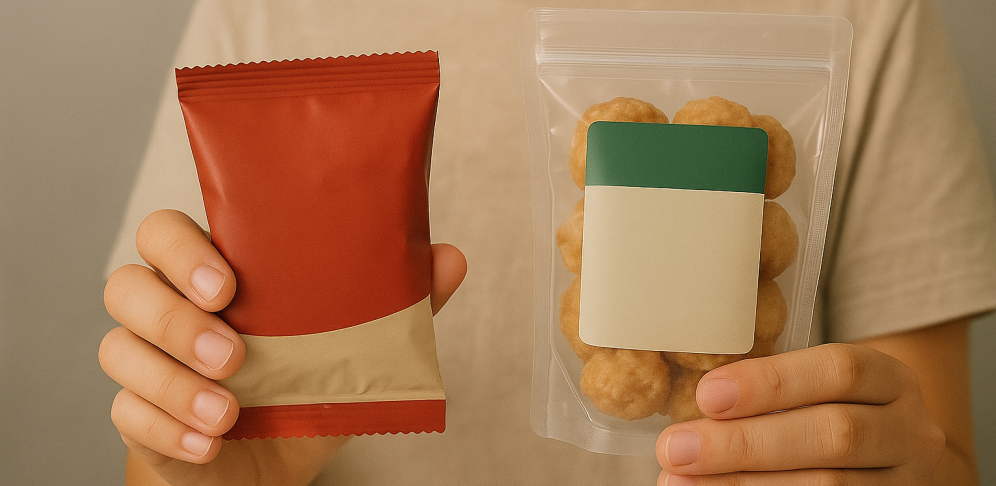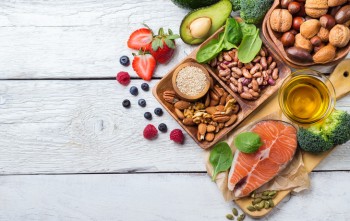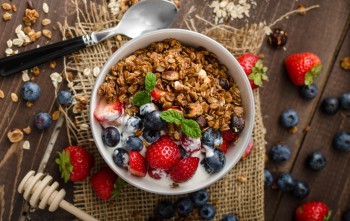Don’t Choose Carelessly: Beware of High Glycemic Index Sugar in Packaged “Healthy Snacks”

Don’t Choose Carelessly: Beware of High Glycemic Index Sugar in Packaged “Healthy Snacks”
Retno Yunita Sari, S.Gz.
Amid busy schedules, packaged snacks often become a practical option to delay hunger. Nowadays, many packaged snacks claim to be healthy, such as being low in sugar or higher in nutrients. These claims attract buyers because, in addition to being practical and healthy, packaged snacks are usually tasty as well. However, these health claims often do not align with the actual quality provided. Some so-called “healthy snacks” actually contain high glycemic index sugar, which may have less favorable effects on the body.
Understanding the Glycemic Index of Food
The glycemic index is a measure that indicates how quickly a food can raise blood sugar levels. Foods with a high glycemic index are digested and absorbed rapidly, which can trigger spikes in blood sugar. Conversely, foods with a low glycemic index are digested and absorbed more slowly, helping to keep blood sugar stable. Controlled blood sugar can provide multiple benefits, such as preventing obesity, improving concentration, reducing the risk of diabetes, supporting heart health, and maintaining overall wellness.
Beware of High-Glycemic Index Sugars in “Healthy” Claims
One of the main appeals of packaged foods is their pleasant taste. To achieve this taste, manufacturers often add certain sweeteners. Unfortunately, many of these sweeteners have a high glycemic index that can cause blood sugar spikes. What’s more, producers don’t always list these sweeteners under the simple term “sugar.” Instead, they use other names unfamiliar to most consumers, such as maltodextrin, malt syrup, corn syrup, high fructose corn syrup, glucose (dextrose), or molasses. This can lead consumers to believe that the packaged “healthy snacks” they buy are truly healthy, when in fact that might not be the case.
Choosing Better Packaged Healthy Snacks
To assess the quality of the snacks you consume, it is important to pay attention to the ingredient list and nutrition facts label on the packaging.
- Avoid packaged snacks that are high in calories, sugar, saturated fats, and sodium. Compare with your daily needs to avoid excess.
- Choose snacks with fewer food additives.
- Opt for snacks rich in protein, fiber, vitamins, and minerals.
- Prefer snacks sweetened with low-glycemic index sugars, such as Lontar Sugar, aren sugar, or coconut sugar.
Building the habit of reading ingredient lists and nutrition labels is an essential step toward making wiser snack choices.
Snacking that’s delicious AND healthy is now easier with YAVA. YAVA is here to accompany you with tasty snacks that also contain nutrients. Practical, delicious, AND healthy—YAVA is ready to be part of your every moment.
Sources and References:
- Academy of Nutrition and Dietetics. What is Glycemic Index?
- Osher Center for Integrative Health. Understanding Sweeteners
- Glycemic Index Guide: Glycemic Index of Sweets Complete Chart
- Smart Snacking Strategies


















